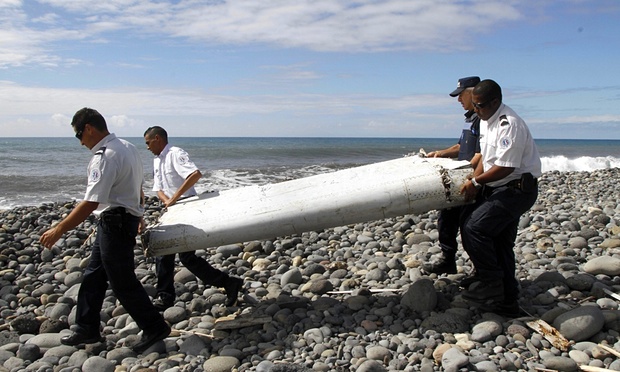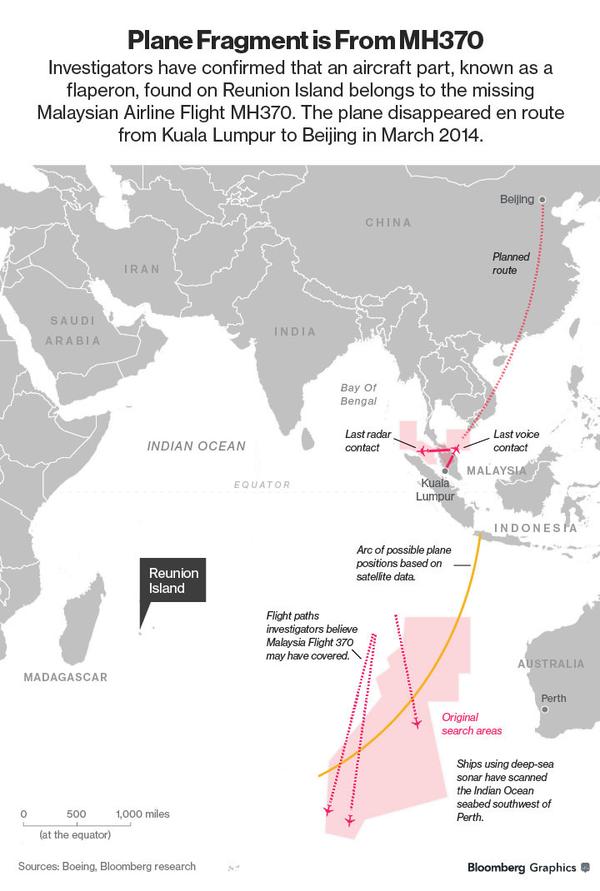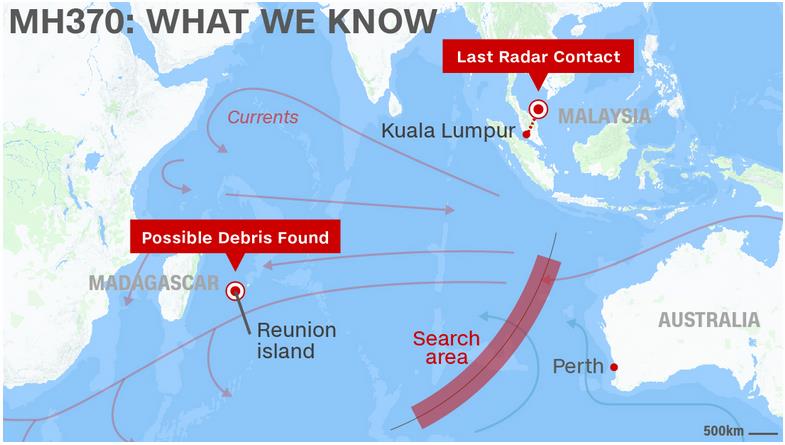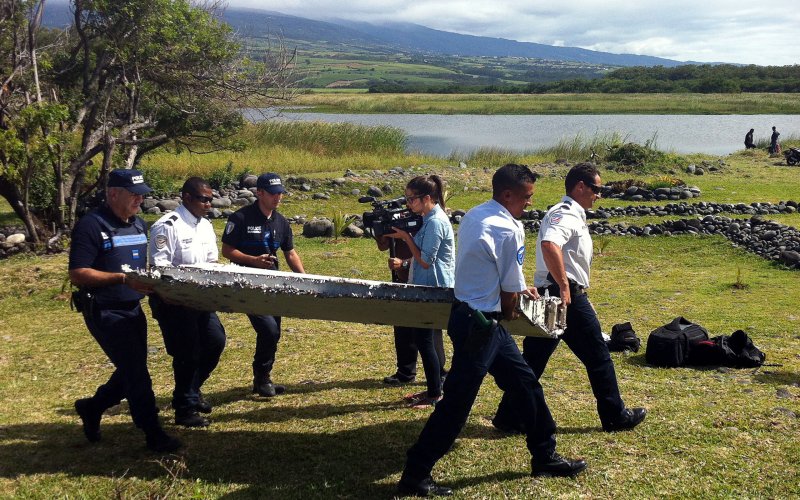4 Questions Still Left Unanswered About MH370
According to latest reports, the debris found on Reunion Island is from the missing MH370, but there are still unanswered questions the answers to some of which we may never know – until the plane's black box recorder is found.
The discovery of the Boeing 777 flaperon on a Reunion Island beach – confirmed by PM Najib Razak to be the first physical piece of evidence since MH370 vanished en route to Beijing in March 2014 with 239 people onboard – is being said to be the start of what investigators believe will unlock the biggest mystery in aviation
The breakthrough, which in itself is quite major, could help investigators retrace the ocean currents that brought the flaperon to Réunion. However, to uncover exactly what happened to MH370, the plane's black box must be located first. According to Shawn Pruchnicki, an air safety expert at Ohio State University, the latest assessment from authorities is a key step, but it's just the first one.
"This is like having a 1,000-piece puzzle," he said, "putting one piece on the table and saying, 'What's the picture?'"
Furthermore, CNN aviation analyst Peter Goelz said that based on Najib's statement, so far investigators know just one thing.
"It confirms the sad truth that the plane ended up in the water with all its passengers and crew and that there were no survivors, and that's the fundamental truth of today. The confirmation on how it went down is still many months away," he said.
"This is a very difficult investigation. It's going to continue to be one."
Q: #1. What is a flaperon and how did it float as far as Reunion?
The flaperon is a movable segment on the rear edge of the wing. It helps stabilize the plane while flying at low speeds like during takeoff and landing.
While some aluminum parts of the plane are likely to sink quickly, the flaperon is likely hollow with pockets of air, experts said. It may also have been made of a lighter composite material that gave it increased buoyancy.
Calculating the 2,800-mile distance from where the debris was discovered to the suspected area investigators have been searching, the piece would have needed to travel roughly 6 miles a day over 500 days to make it to Reunion.
“That's very doable. The direction of those currents in that area are counter-clockwise, so they fit that as well,” said David Gallo, an oceanographer who helped lead the underwater search for Air France 447, which crashed into the Atlantic in 2009 during a flight from Rio de Janeiro to Paris.
Q: #2. If the Australian Transport Safety Bureau (ATSB), the group leading the search for the remains of MH370, knew – several months ago – that the prediction of where the MH370's debris would wash up was wrong, why did they claim otherwise?
In this report published on The Daily Beast, writer Clive Irving highlights the fact that among the people who didn’t wait for the French announcement that the Boeing 777 flaperon washed up on a beach of Réunion Island came from MAS MH370, the most significant were those leading the search for the remains of the flight at the Australian Transport Safety Bureau.
According to Irving, for many a months the ATSB had been working on computer models that attempted to predict where any floating wreckage would end up. This work led them to make a widely reported prediction that wreckage would turn up on the west coast of Sumatra, Indonesia, last July.
From Irving's report:
"The Daily Beast made repeated requests for information about the model on which this projection was based. In June, ATSB spokesman Daniel O’Malley said: "Detailed drift modeling has been undertaken to supplement the original work that identified the western coast of Sumatra as the most likely first landing for debris. The work, once finalized, will be released."
This week the Australians made a startling confession: Their first computer modeling was seriously flawed, and they had known this when O’Malley made his statement. It was only after a new model was produced by a different group of oceanographers that the mistake came to light."
Irving then highlights how the ATSB instantly used the location of the flaperon found on Réunion as the starting point to reverse-engineer the drift model both in distance and time to 8 March 2014, when MH370 vanished. The result has been, they said, validation of the area 1,000 miles west of Perth, Australia, where the underwater search is taking place.
The ATSB also cast doubts that many other pieces of wreckage will have remained afloat for so long. However, they do not explain how it is that if over time all floating debris will sink one piece as significant as a flaperon could have remained buoyant for so long.
Q: 3. How come MH370 went so far off course?
MH370 was meant to be flying from Kuala Lumpur from Beijing when it disappeared, on 8 March last year. Shortly after taking off, the plane seemed to to turn in the opposite direction - turning around over the South China Sea, before flying back over Malaysia.
It was last spotted on radar while flying over the Andaman sea, to the north of Indonesia, way off its planned route. This last sighting of the plane came just over two hours after take off, meaning the plane could have flown for many more hours before running out of fuel.
At first, the area where it last made contact was searched, but eventually advanced satellite data was used to conclude that the plane came down somewhere in the Indian Ocean, to the west of Australia. This enormous search zone is almost 5,000 miles away from Beijing, in the complete opposite direction.
Quite how the plane went so far off course is unknown, and we're unlikely to ever find out unless the black box flight recorder is found - and even then, there could still be questions.
Q: #4. Why did Malaysia misled Australia over what Malaysia knew about the crash from day one?
In 2014 Malaysia misled search partners looking for MH370 for a full 11 days when Kuala Lumpur insisted that the search be extended further into the South China Sea and as far as Kazakhstan when according to its then-acting minister for transport Hishammuddin Hussein, the cabinet knew the jet had flown westwards across the Malay Peninsula on the morning it disappeared from air traffic control radar while over the Gulf of Thailand.
msn.com



